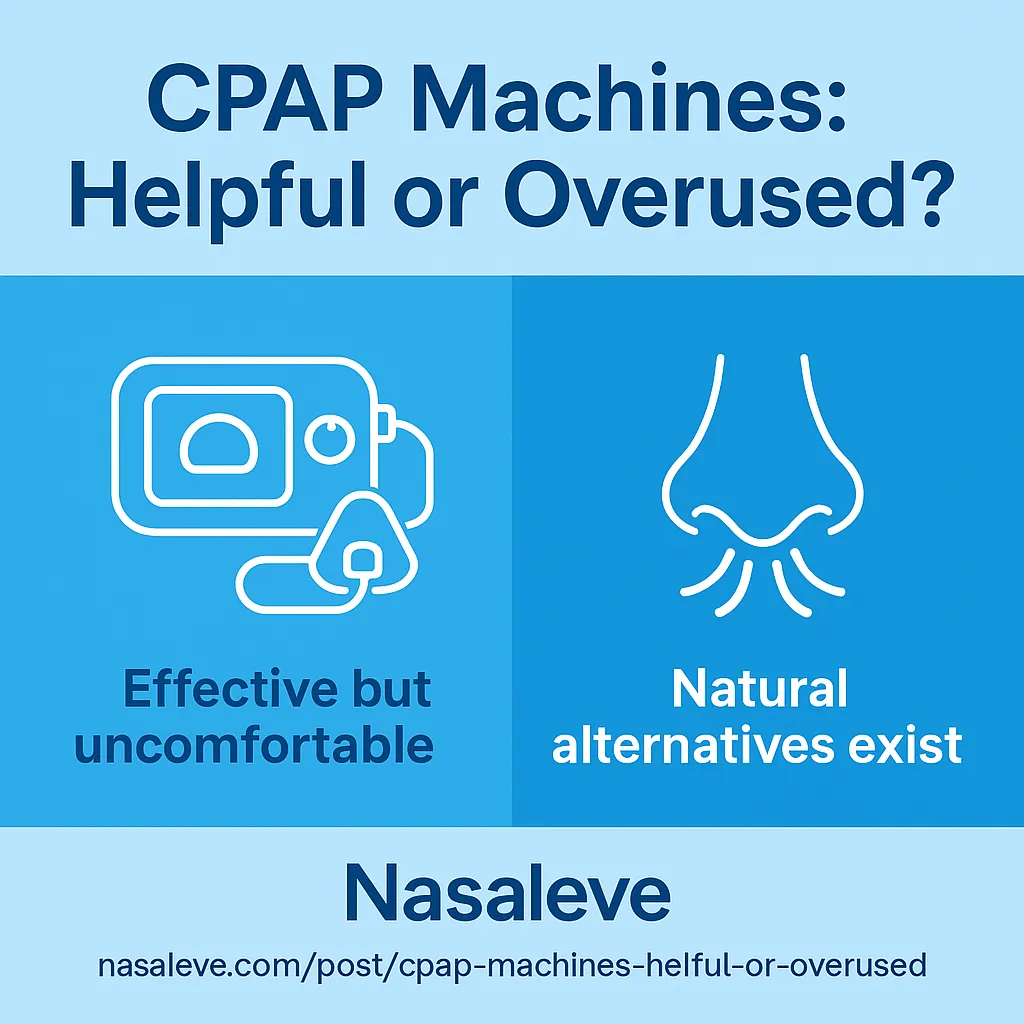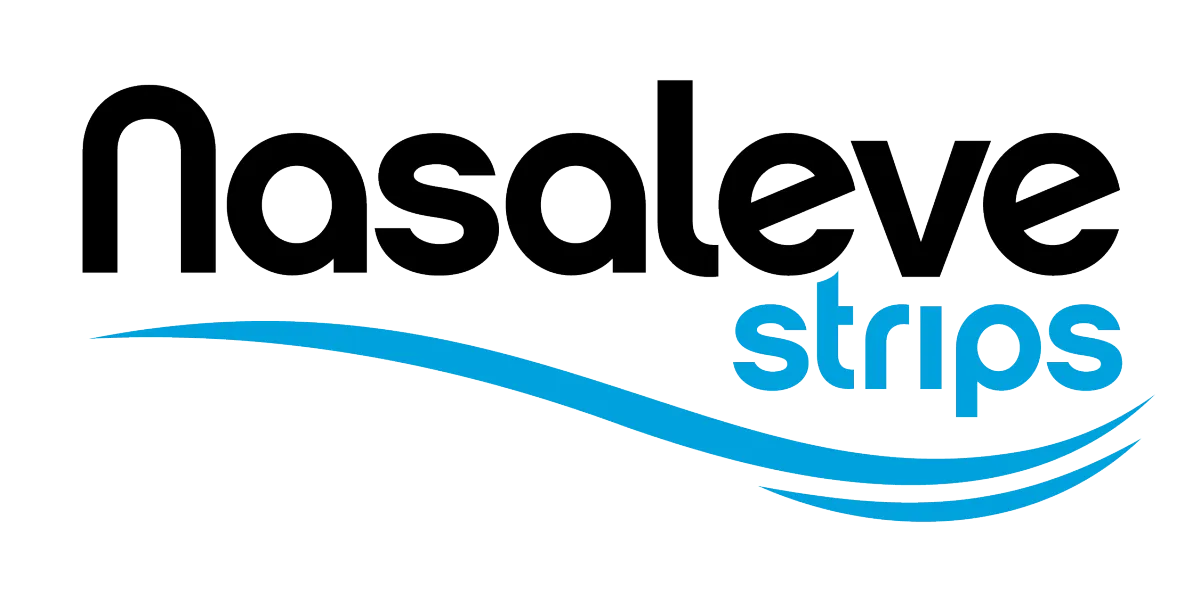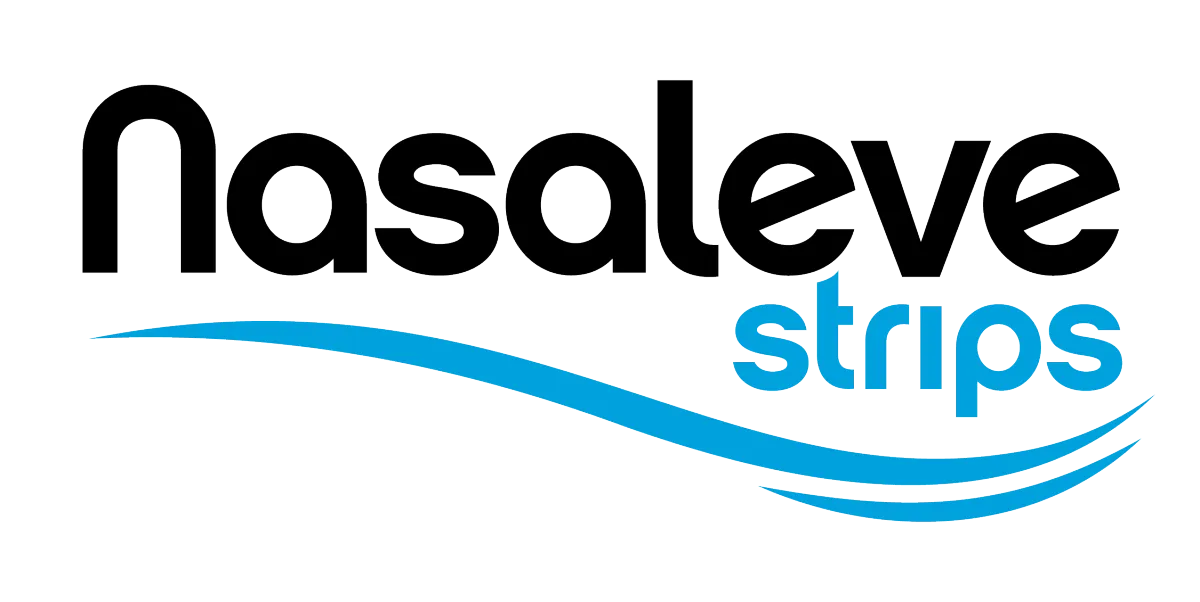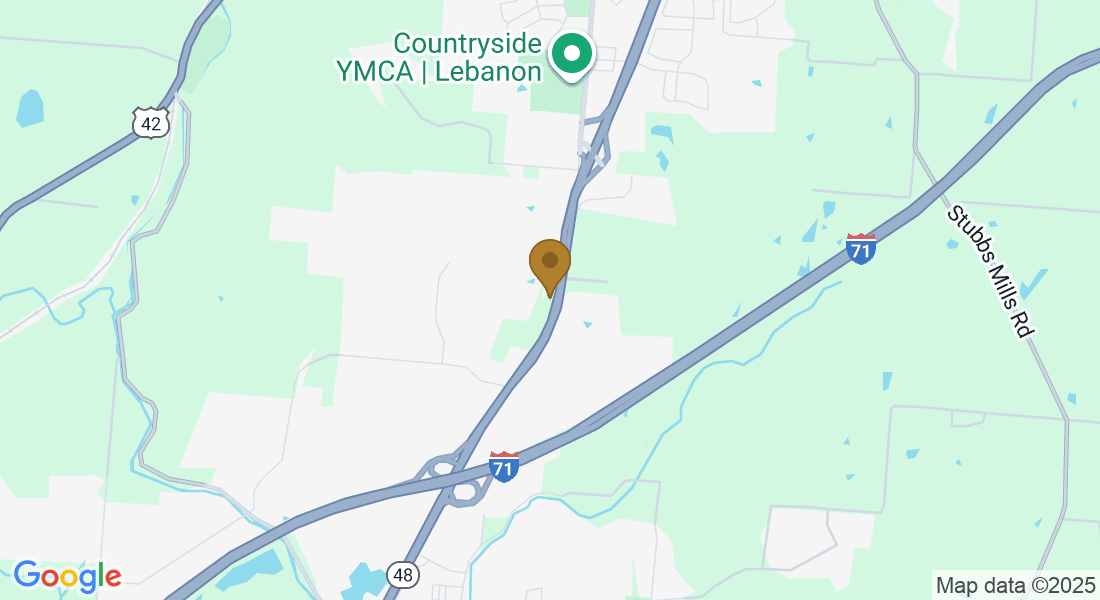
CPAP Machines: Helpful or Overused?
Introduction
For people with sleep apnea, CPAP machines (Continuous Positive Airway Pressure) are often the go-to treatment. They’ve helped millions sleep safely and improved quality of life. But here’s the big question: are CPAP machines always necessary — or are they sometimes overused?
How CPAP Works
A CPAP machine delivers pressurized air through a mask to keep your airway from collapsing at night. It’s most often prescribed for obstructive sleep apnea (OSA), a condition where the airway repeatedly narrows or closes during sleep.
When used consistently, CPAP can:
Reduce or eliminate apnea episodes
Lower snoring intensity
Improve oxygen levels
Decrease daytime sleepiness
For severe apnea, it can be lifesaving.
The Benefits of CPAP Therapy
CPAP remains the “gold standard” treatment for a reason:
Better sleep quality – Fewer interruptions mean more deep sleep.
Improved daytime function – Users often report higher focus and energy.
Long-term health protection – Reduces risks tied to untreated sleep apnea, including heart strain and hypertension.
The Downsides of CPAP
But CPAP isn’t perfect. Many users struggle with side effects, including:
Mask discomfort and skin irritation
Dryness in the nose and throat
Machine noise
Travel inconvenience
Low compliance (studies show many stop using CPAP regularly)
For mild apnea, simple snoring, or nasal obstruction, CPAP may feel like an unnecessarily heavy solution.
Is CPAP Overprescribed?
Some experts believe CPAP is prescribed too broadly, especially when the apnea is mild or the main issue lies elsewhere — such as nasal obstruction.
In these cases, alternatives may provide relief without the downsides of CPAP.
CPAP Alternatives
Lifestyle changes – Weight management, positional therapy, and limiting alcohol can reduce snoring.
Oral appliances – Devices that reposition the jaw to keep the airway open.
Surgery – Correcting anatomical issues, though not always effective.
Nasal breathing aids – External supports like Nasaleve that target nasal airflow restrictions.
The Role of the Nose
One overlooked factor in snoring and apnea is the internal nasal valve — the narrowest part of the airway. When this collapses, airflow is restricted, often leading to mouth breathing and noisy nights.
Unlike CPAP, which forces air in, nasal breathing aids restore the nose’s natural function.
Where Nasaleve Fits In
Nasaleve supports the internal nasal valve laterally (from the sides), preventing collapse where airflow is most restricted. For people with mild apnea, snoring, or chronic nasal obstruction, this can:
Reduce snoring
Support nasal breathing
Improve oxygen flow
Offer a comfortable, non-invasive option compared to CPAP
Final Thoughts
CPAP is an incredible tool for severe apnea, but it isn’t the right fit for everyone. If your snoring or mild apnea stems from nasal obstruction, exploring less invasive solutions may make more sense.
At the end of the day, the best treatment is the one you’ll actually use — night after night.
Call to Action:
👉 Curious about alternatives to CPAP for mild apnea and snoring? See how Nasaleve supports natural nasal breathing.


